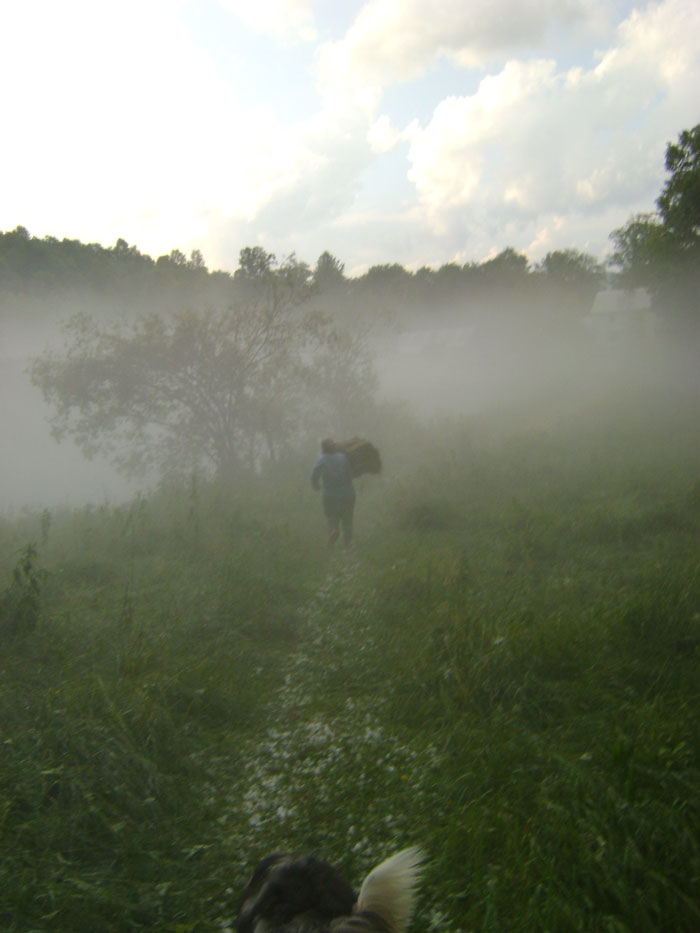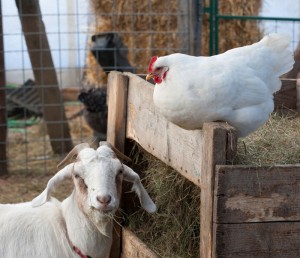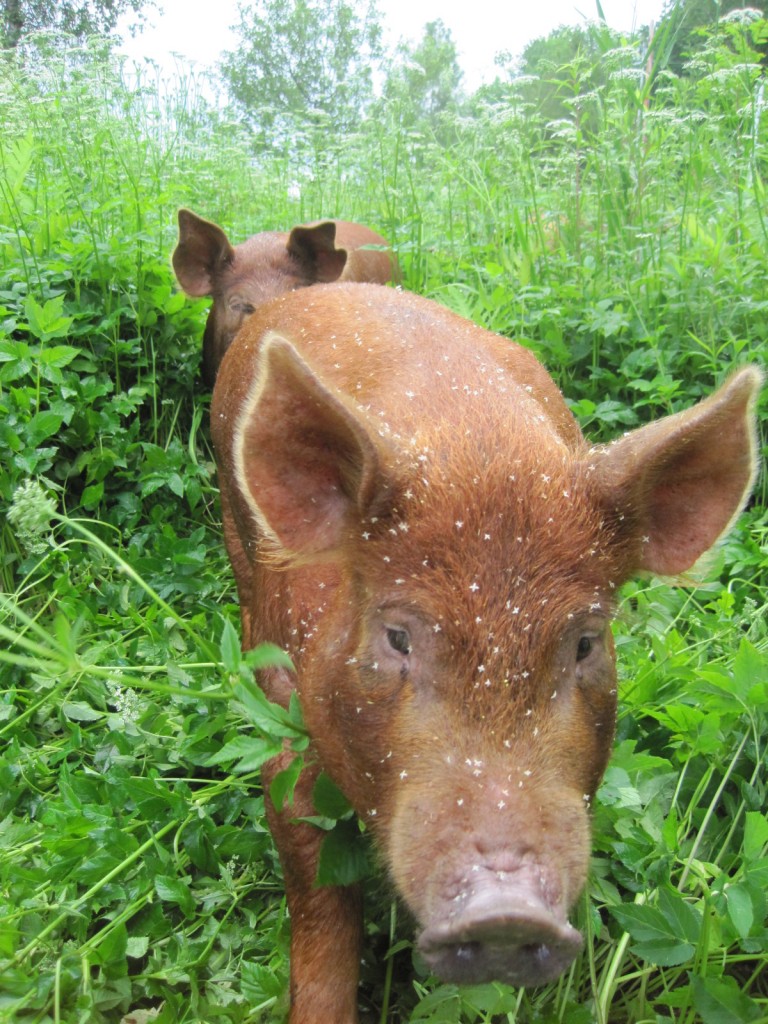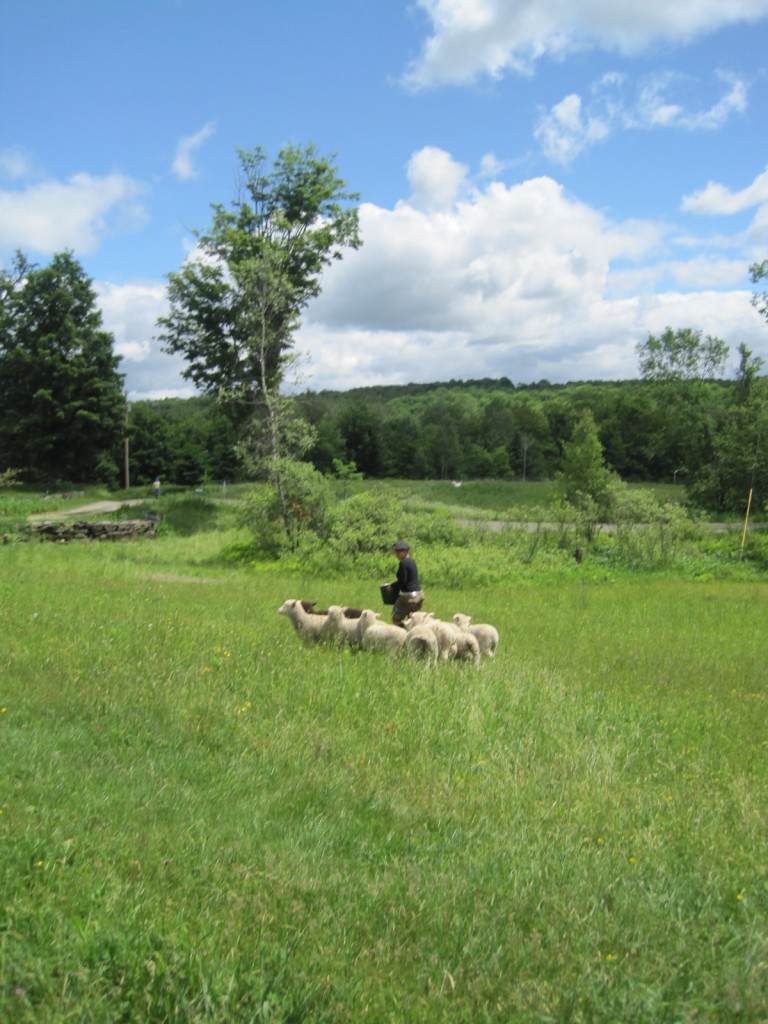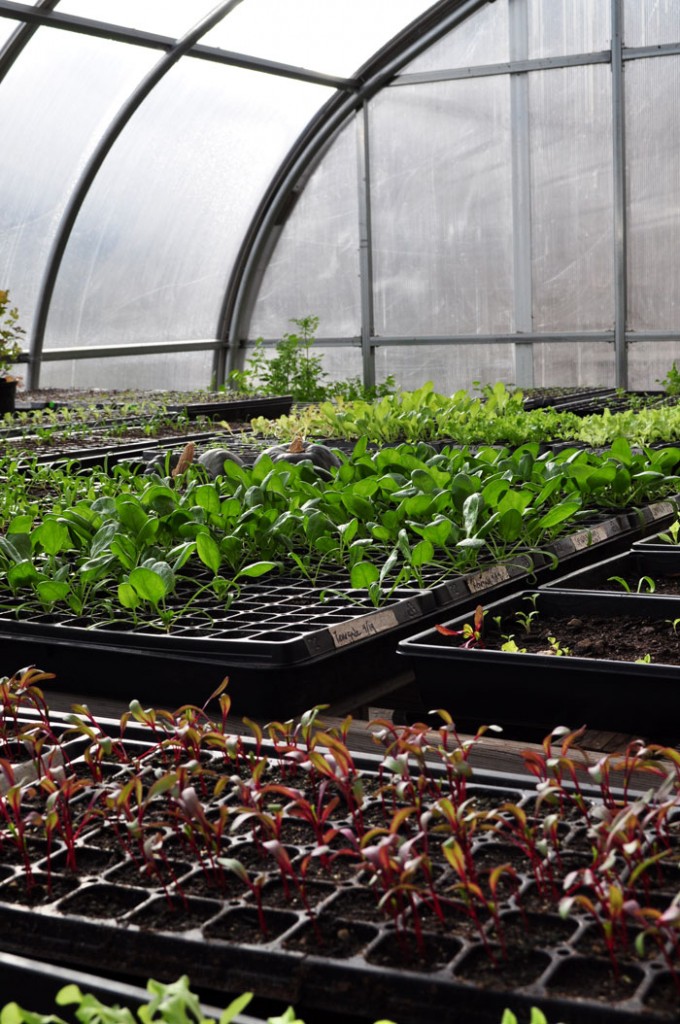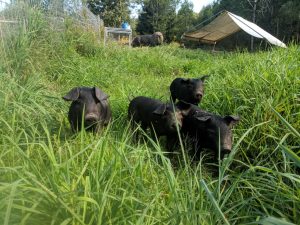
In the heart of Central Vermont, we are raising healthy (natural and sustainable), happy (free range and loved) animals and vegetables. In addition to raising tasty food, we provide a wonderful respite for visitors. Our Omnivore’s Farm Share provides local, organically managed meat (pork, chicken, turkey, lamb and goat), eggs, vegetables, and goat milk in a free-choice, year-round format. We also sell our products individually at the farm and local farmer’s market. We offer people the opportunity to experience a bit of farm life through lodging or events in our Barn Guest House or paid farm experiences, such as learning to milk, collecting eggs or being a farmer-in-training.
Overall, we are practicing relational farming, inviting members and visitors to share and enjoy our farm and its products.
Our Vision
We see a future within which Vermont persists as a global geotourism leader, and as a place where farms succeed by working with natural cycles, providing healthy food and creating stronger communities. An illustrative map depicts our vision.
Our Purpose
Green Mountain Girls Farm aims to contribute to a sustainability tipping point by being a successful small farm with a modest family of place-based enterprises. Together, these micro enterprises produce an alchemy which enriches our community; generates wealth to sustain us and our staff; and works with natural systems, restoring where possible.
What Value Do We Create?
We grow delicious food and celebrate this special place, restoring balance and connections for an expanding circle of people who share the Green Mountain Girls Farm. Integral to our success is ensuring that the farmers, land and community are thriving.
Our Practices
We are not certified organic, but we manage our crops organically. Our livestock is pasture-raised, rotated regularly each week to fresh pasture. We feed organic grain with no growth hormones and generally follow organic standards.
Further, we employ practices that protect and enhance the natural systems on-which our farm depends, and support both human health and the ecology of our surroundings including:
- Biointensive Gardens and Orchards: Managed organically, utilizing green manures, mulching, compost and integrated pest management. The site diversity will be exploited to grow a wide variety of annuals and perennials and, where possible, we will expand growing spaces using trellises, etc.
- Forest Management Plan: Forest in the eastern half of the property will be managed for stream and forest biodiversity. Where possible without negative impacts, we will cut firewood and collect wildly harvested products for our home and business. Pockets of young succession forests (primarily poplar) which have encroached on former pasture will be cut, chipped and stockpiled for orchard and berry installation and maintenance.
- Silviculture: Increase the productivity of pasture by integrating woody plant material to shade livestock, accumulate nutrients, produce more browse and fodder and firewood.
- Pasture, Woodlands and Browse-scapes: Support organically managed livestock whose lifecycles and nutritional needs will be harmonized with the land characteristics. Our cultural identity as grass-farmers and browse-scapers reinforces prioritization of regeneration of the plants central to livestock production as they move regularly to fresh pasture or browse. Wetter areas will be developed for browse either to be harvested directly by animals during dry periods and/or by coppicing.
- Soil and Fertility Building: Winter animal housing uses a bedded pack which is composted together with crop residuals to create a significant resource for gardens and pastures. Utilizing technical assistance from Highfields Center for Composting, we manage compost piles with tractor turning, temperature probes, and lab test samples to ensure a balanced compost product. Soil compaction will be alleviated by keyline plowing. That, together with a strong pasture management system, will increase biological and fungal complexity, enable better water absorption and dispersal, and ultimately result in deeper and more productive top soils.
- Pest and Disease Control: Methods that protect surrounding ecosystems and human health. We minimize the spraying of all pesticides—even organically approved ones—and focus instead on physical, cultural, and biological pest control methods.
- Food and Farmer Safety: We follow food-safety practices appropriate to the scale and nature of our farm. We create a culture of working safely amongst our team.
- ‘Vegecation’: Finding the balance and telling the whole story: We want to produce and be known for delicious, high quality food, but also influence ideas about what quality really is.
